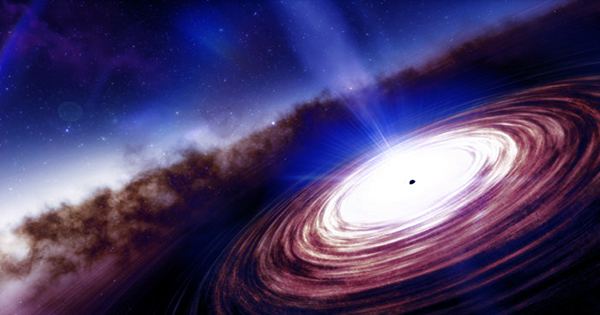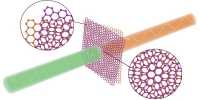Most of the stars in our galaxy are in pairs, and if the alignment is correct, they sometimes accept each other. Historical observations over 126 years of history show that such a binary eclipse will not happen again next month. The system in question is called HS Hydra. The planet became very prominent in the 60s and began about a century ago. The HS Hydra was first published as an eclipsing binary in 1965, at a time when the subject was particularly expanding for the study of astronomy.
Analysis in 2012 found that the system was much more dynamic than previously thought. From the mid-70s to 2008, the received portion of each star became smaller. Researchers based in Switzerland and the Czech Republic predicted that the pair would cease to be accepted by 2022. Now, a team of Irwin astronomers from the University of Washington, the University of Western Washington, and the University of California, Irvine have added data before the0s and since 2006 particularly (TESS) in 2012. They estimate that the two stars will stop eclipsing by February 2021.
Team leader James Davenport, from the University of Washington, said in a statement, “There is a record of HS Hydra’s observations that are largely based on the spread of modern astronomy – we have documented the complete rise and fall of this rarity by diving into those records, starting with the photographic plates of the late 19th century through satellite imagery taken in the 2019s.”
These two stars continue to orbit each other every 36 hours or so. What is changing is the orientation of their orbits along the line of our perspective and the reason is probably a third star in the system, which is quite far from the ecliptic pair. The object, published in a 2012 research paper, is slowly but surely changing the orbit of their orbits and is toggling with the dance pair.
If the pull of this star remains the same as it was in the last century, we will be able to see the system begin to take over again from 2195. However, this may not be the case, because we do not know enough about the dynamics of the system.
“We won’t know for sure until we find out,” Davenport concluded. “At the moment we can best say that the HS Hydra is constantly changing on modern astronomy.” The findings were presented at the 237th American Astronomical Society meeting.















